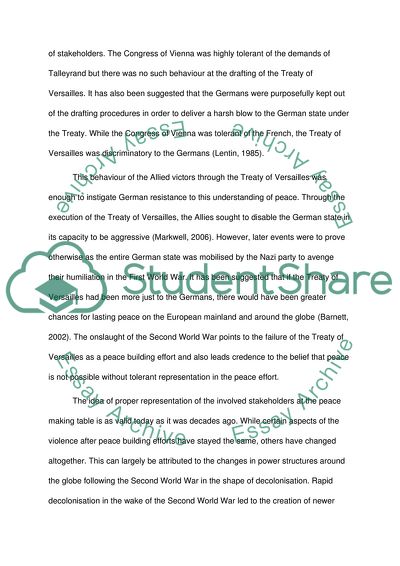Cite this document
(“Peace Processes Are the Preferred Method of Establishing Lasting Peace Assignment”, n.d.)
Peace Processes Are the Preferred Method of Establishing Lasting Peace Assignment. Retrieved from https://studentshare.org/social-science/1771164-critically-analyse-why-peace-processes-fail-to-bring-an-end-to-violence
Peace Processes Are the Preferred Method of Establishing Lasting Peace Assignment. Retrieved from https://studentshare.org/social-science/1771164-critically-analyse-why-peace-processes-fail-to-bring-an-end-to-violence
(Peace Processes Are the Preferred Method of Establishing Lasting Peace Assignment)
Peace Processes Are the Preferred Method of Establishing Lasting Peace Assignment. https://studentshare.org/social-science/1771164-critically-analyse-why-peace-processes-fail-to-bring-an-end-to-violence.
Peace Processes Are the Preferred Method of Establishing Lasting Peace Assignment. https://studentshare.org/social-science/1771164-critically-analyse-why-peace-processes-fail-to-bring-an-end-to-violence.
“Peace Processes Are the Preferred Method of Establishing Lasting Peace Assignment”, n.d. https://studentshare.org/social-science/1771164-critically-analyse-why-peace-processes-fail-to-bring-an-end-to-violence.


